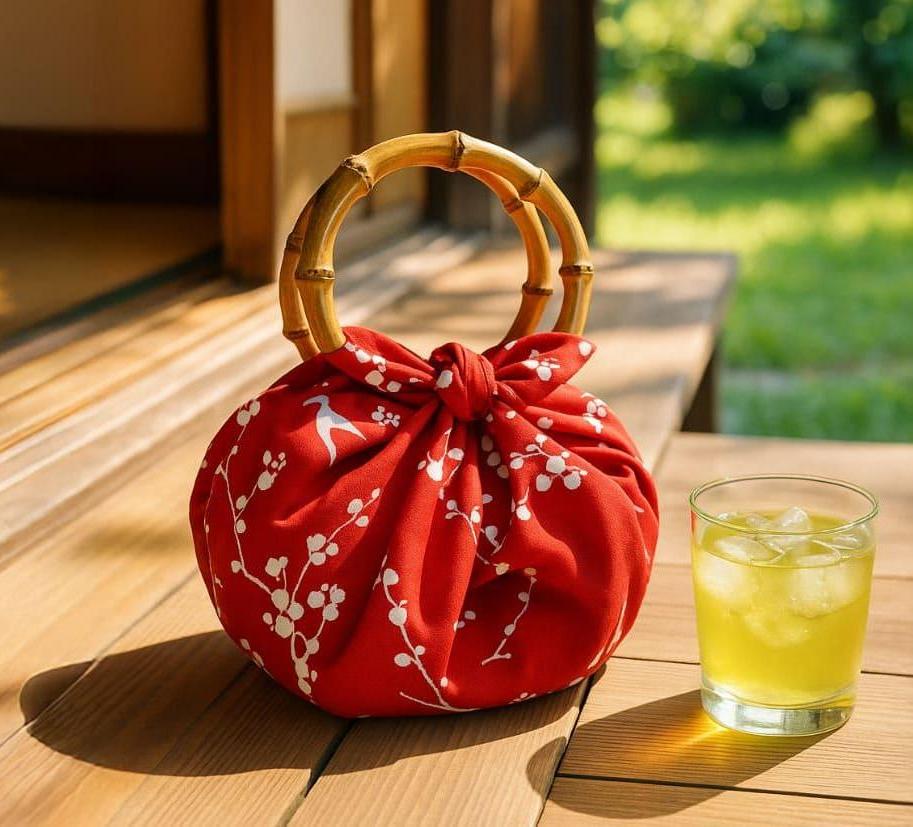This time, we’re heading to the temple.
What’s the real difference between a temple and a shrine?
How much should you put in the offering box?
And why are monks bald, anyway?
Five questions, one enlightenment.
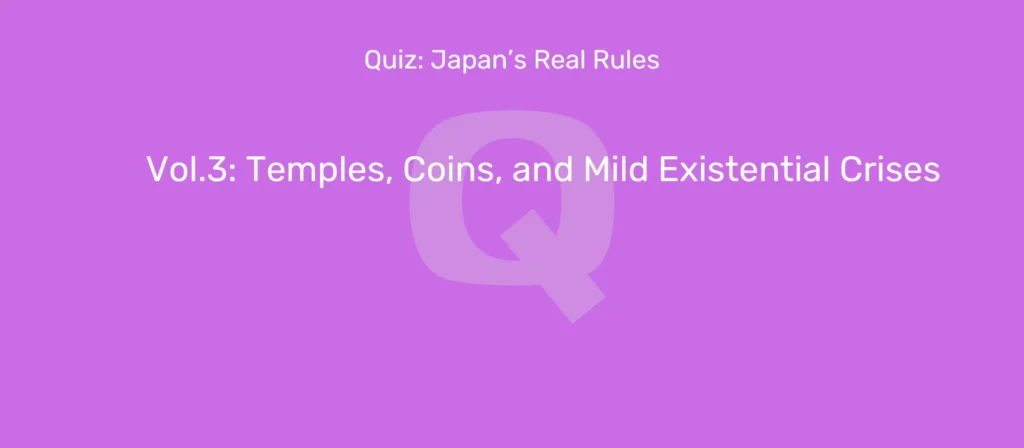
1. 5 Questions about Temples and Shrines
Q1. So… what’s the difference, exactly?
In Japan, traditional religious sites are divided into two main types: temples and shrines.
But what’s the real difference?
(Difficulty: ★☆☆☆☆)
- They’re just different names for the same kind of place.
- Temples are the “head offices” that manage multiple shrines.
- They belong to entirely different religions.

Answer (Tap or click)
3. They belong to entirely different religions.
Explanation:
Temples belong to Buddhism, while shrines belong to Shintō.
Temples have monks who chant sutras, while shrines have priests who perform Shintō rituals.
If you’re now thinking, “Wait—so visiting both is a serious religious mistake?”,
that’s very kind of you. And also, very not-Japanese.
In practice, Japanese people casually visit both.
During New Year’s, some go to a shrine, others to a temple—
often just because it’s nearby, or because there’s a café they like afterward.
Why?
Honestly, because that’s just… how it is.
Q2. What not to do when praying at a temple
When visiting a Buddhist temple in Japan, which of the following should you not do?
(Difficulty: ★★☆☆☆)
- Wear bright-colored clothes.
- Clap your hands while praying.
- Take a selfie in the temple grounds.
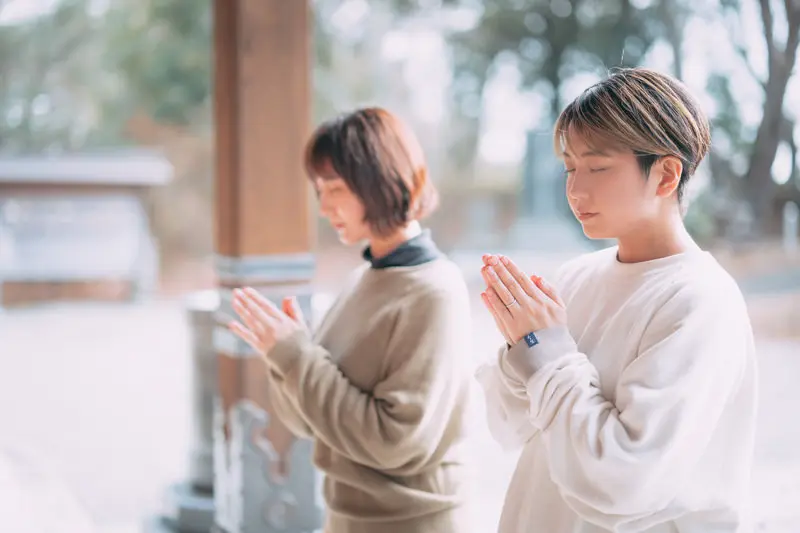
Answer (Tap or click)
2. Clap your hands while praying.
Explanation:
Here’s the key difference between temples and shrines:
At temples: put your hands together quietly.
At shrines: bow twice, clap twice, bow once — the Shintō way.
So if you clap at a temple, Buddha might think,
“Not my department.”
1. Wear whatever you like. Even bright colors — Buddha himself is often golden, after all.
3. Selfies are usually fine, but photographing Buddha statues is often prohibited.
If you’re not sure, better to keep your phone in your pocket and your karma clean.
Q3. Does Buddha like money too?
In front of most temple halls, you’ll find an offering box where visitors toss in coins before praying.
But why do we do that?
(Difficulty: ★★★☆☆)
- To show gratitude for the blessings we’ve received.
- To report our career success to Buddha.
- Because Buddhism sees excessive wealth as sinful.
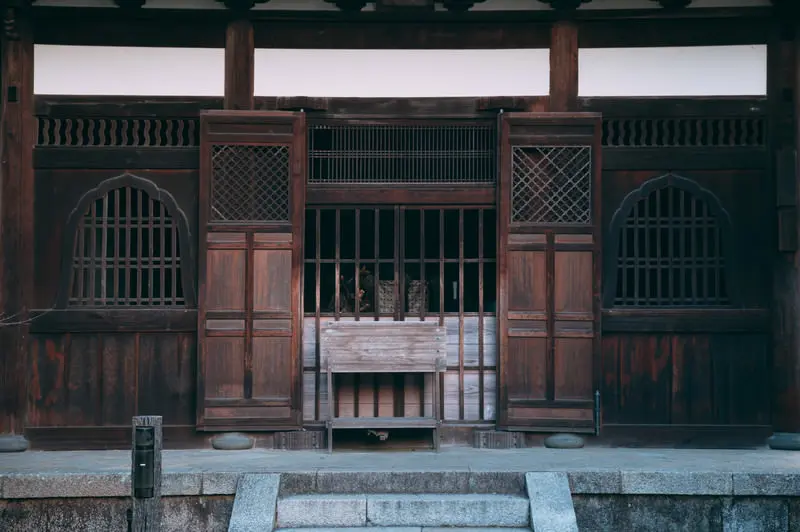
Answer (Tap or click)
1. To show gratitude for the blessings we’ve received.
Explanation:
It’s a way to express gratitude in a visible form —
a small “thank you” for the fortune or protection you believe you’ve received.
When I was a child, I once asked my mother:
“But Buddha can’t use money, right? Wouldn’t that make him unhappy?”
She replied,
“That’s true. But if I were Buddha, I wouldn’t mind.
Because I know it would make you happy.”
A nearby monk overheard us.
I still remember the slightly complicated look on his face.
Q4. The more, the better?
In Japan, certain offering amounts are considered lucky — and others not so much.
Which of the following is said to bring bad luck?
(Difficulty: ★★★☆☆)
- ¥5
- ¥10
- ¥115
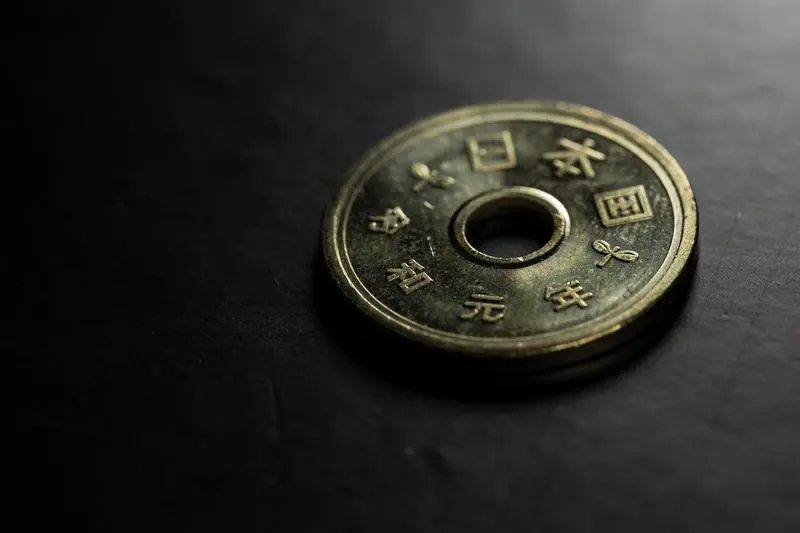
Answer (Tap or click)
2. ¥10
Explanation:
If I were a temple monk, I’d probably tell you,
“The more you give, the better!”
But in reality, Japanese people often choose their offering based on wordplay.
The number 10 can be read as “tō-en”, which sounds like “distant connection.”
Since “distance” and “connection” don’t go well together, ¥10 is sometimes avoided.
1. ¥5 (go-en) means “good connection” and is by far the most common amount.
3. ¥115 (ii-go-en) sounds like “good connection,” too — a little extra luck never hurts.
Q5. Are monks not allowed to have hair?
Monks in Japan usually shave their heads.
But why do they do it?
(Difficulty: ★★★☆☆)
- Because hair is considered impure.
- To free themselves from worldly attachments.
- To save money on shampoo.
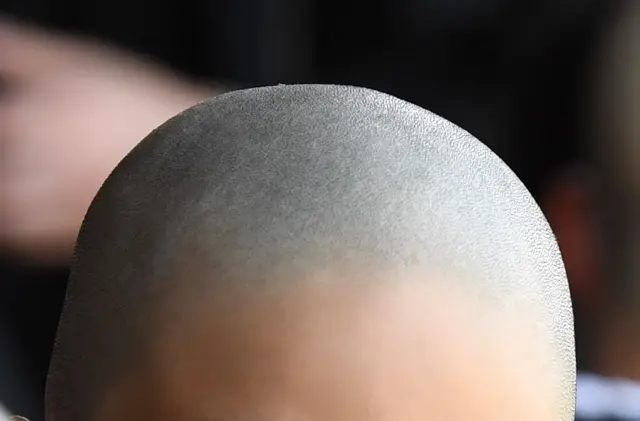
Answer (Tap or click)
2. To free themselves from worldly attachments.
Explanation:
In Japan, two groups are famous for having shaved heads:
Buddhist monks — and junior baseball players.
The goal of Buddhism is liberation from the world —
to let go of suffering, desire, and attachment.
By shaving their heads, monks symbolically remove vanity and distraction.
After all, if you have hair, you start worrying about your hairstyle… or worse, about losing it.
Of course, if you take that logic too far,
you’d have to give up caring about your face, body, or anything else.
But that’s just my own attachment talking.
As for why junior baseball players do it —
that’s a mystery for another day.
2. Takeaway
If these questions added even a little extra fun to your next temple visit,
then that alone makes me happy.
See you in Vol. 4!


